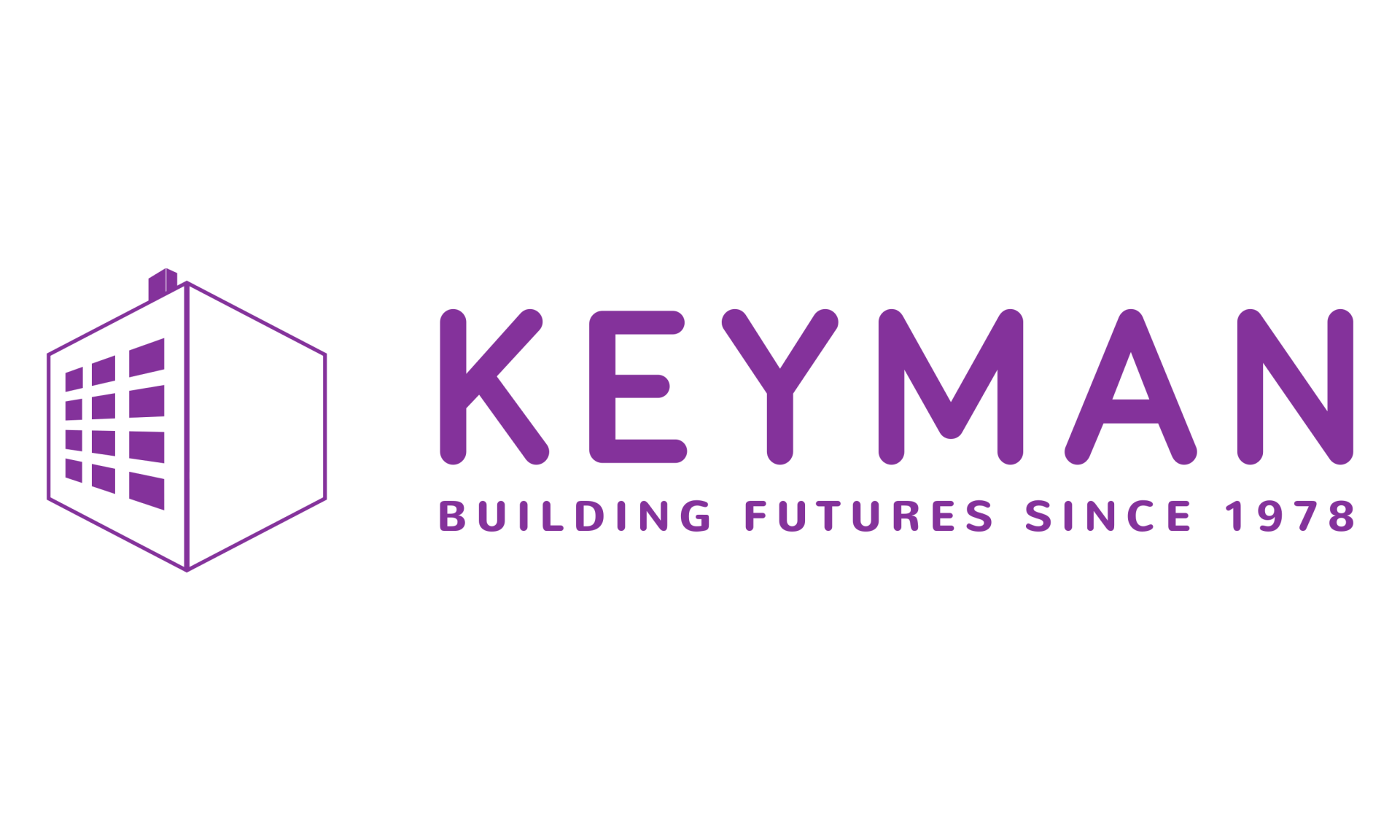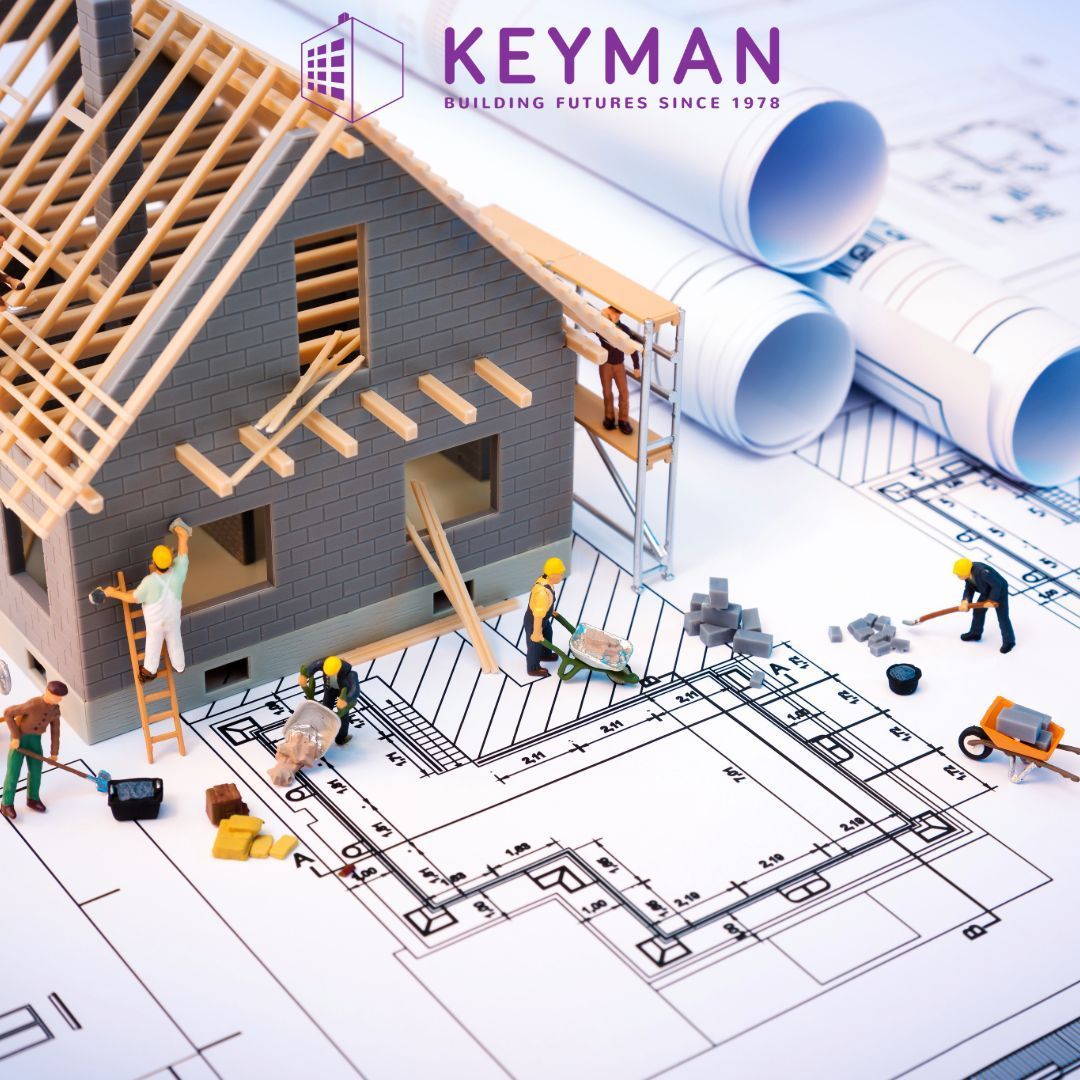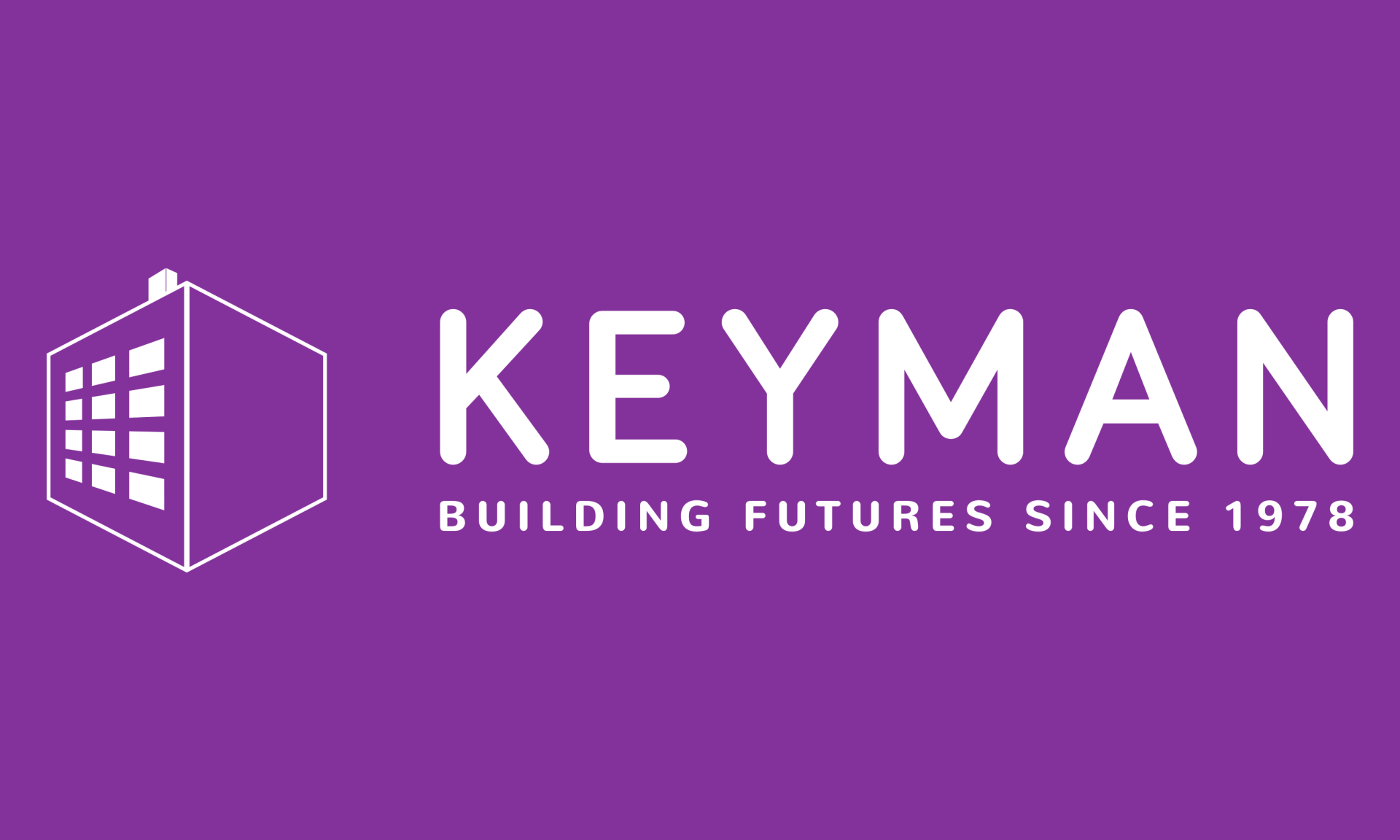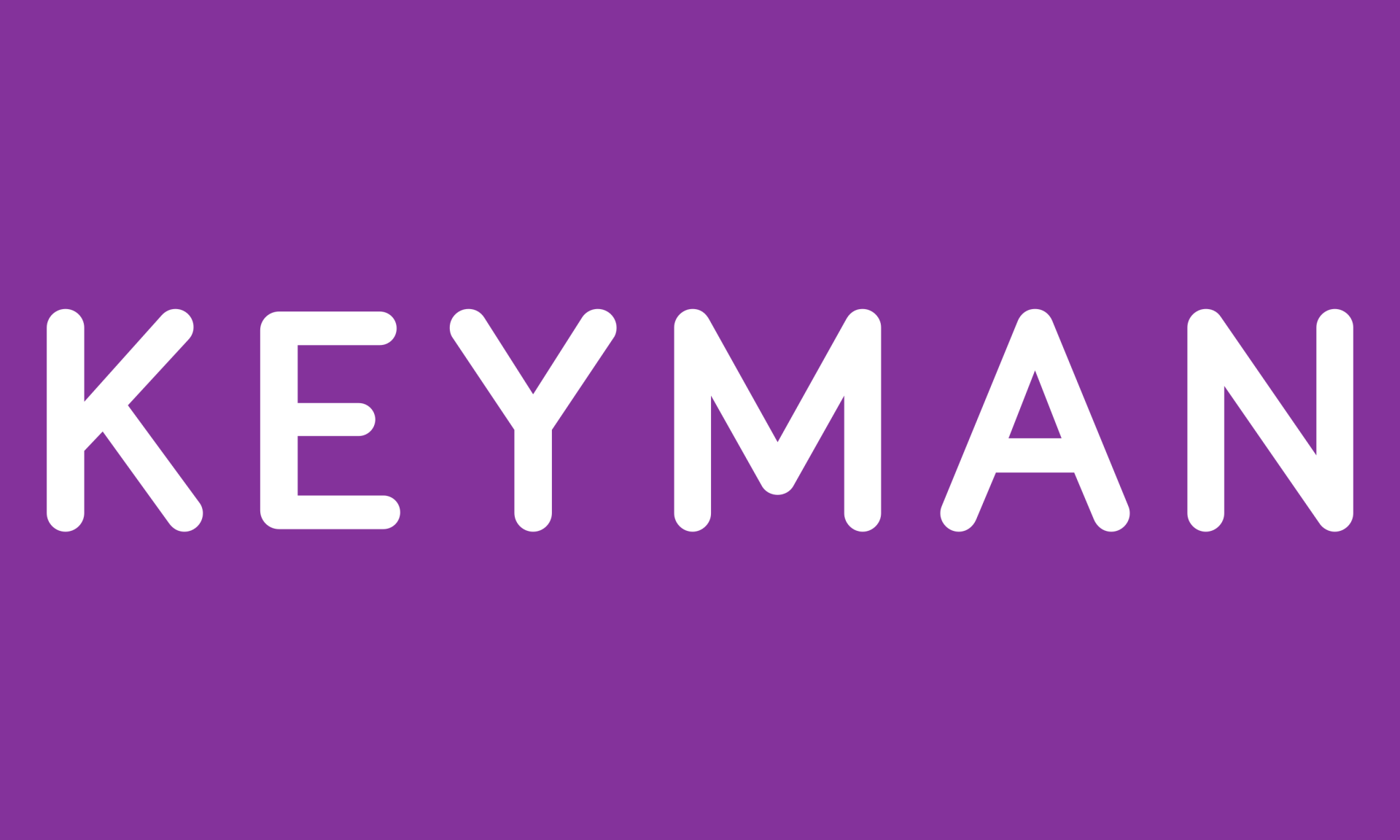
Digital Transformation in UK Construction: Revolutionising Project Management, Design, and Construction Processes
In recent years, digital transformation has taken the UK construction industry by storm. Leveraging cutting-edge tools and platforms, the sector is experiencing unprecedented advancements in project management, design, and overall construction processes. This digital revolution is not only enhancing efficiency but also significantly improving project outcomes. Let's delve into how digital tools are reshaping the construction landscape in the UK.
Revolutionising Project Management
Digital transformation is fundamentally altering how projects are managed in the construction industry. Traditional methods, often characterised by manual processes and paperwork, are being replaced by sophisticated project management software. These tools facilitate real-time collaboration, streamline workflows, and provide greater visibility into project progress.
Building Information Modelling (BIM) is one of the most influential tools in this regard. BIM allows for the creation of detailed 3D models that integrate all aspects of a construction project. According to a report by the UK Government, the adoption of BIM has led to a 33% reduction in project costs and a 50% decrease in project delivery times. John Smith, a project manager at a leading UK construction firm, states, "BIM has transformed the way we plan and execute our projects. The level of detail and coordination it offers is unparalleled."
Additionally, cloud-based project management platforms like Procore and Autodesk Construction Cloud are enabling teams to access project data from anywhere, at any time. This flexibility ensures that all stakeholders are on the same page, reducing delays and improving communication.
Enhancing Design Processes
The design phase of construction projects is also benefiting immensely from digital tools. Advanced software solutions are allowing architects and engineers to create more accurate and innovative designs.
Virtual Reality (VR) and Augmented Reality (AR) are playing a pivotal role in this transformation. These technologies provide immersive visualisations of projects before they are built, enabling better decision-making and stakeholder engagement. For instance, VR can be used to conduct virtual walkthroughs of a building, helping clients and project teams to identify potential issues early in the design phase.
Generative design is another groundbreaking technology revolutionising the design process. This approach uses algorithms to generate a multitude of design options based on specific parameters and constraints. As a result, architects can explore a wider range of possibilities and optimise designs for efficiency and sustainability. A study by the Royal Institute of British Architects (RIBA) found that generative design can reduce material usage by up to 20%, contributing to more sustainable construction practices.
Streamlining Construction Processes
On-site construction processes are being streamlined through the use of digital tools, leading to improved productivity and safety.
Drones are becoming increasingly common on construction sites, used for tasks such as site surveys, inspections, and progress monitoring. Drones can capture high-resolution images and videos, providing project managers with detailed insights into site conditions. This technology not only speeds up data collection but also reduces the risk to workers by minimising the need for manual inspections in hazardous areas.
Robotics and automation are also making significant inroads into the construction industry. Robots are being used for tasks such as bricklaying, concrete pouring, and demolition. These machines can work tirelessly and with high precision, leading to faster project completion and reduced labour costs. According to a report by the Chartered Institute of Building (CIOB), the use of robotics in construction could increase productivity by up to 25%.
Furthermore, Internet of Things (IoT) devices are enhancing the connectivity and intelligence of construction sites. Sensors embedded in equipment and materials provide real-time data on various parameters, such as temperature, humidity, and equipment performance. This data enables predictive maintenance, reducing downtime and extending the lifespan of machinery.
Conclusion
The digital transformation of the UK construction industry is well underway, with digital tools and platforms revolutionising project management, design, and construction processes. By embracing technologies such as BIM, VR, generative design, drones, and IoT, the sector is becoming more efficient, innovative, and sustainable.
As the industry continues to evolve, the adoption of these digital tools will be crucial for staying competitive and delivering high-quality projects. The future of construction in the UK looks promising, with technology paving the way for a more connected and efficient built environment.
In the words of Sarah Johnson, a leading construction technology expert, "Digital transformation is not just about adopting new tools; it's about rethinking how we approach construction projects from start to finish. The possibilities are endless, and the benefits are profound."
By staying ahead of the curve and embracing digital transformation, the UK construction industry is set to achieve new heights of success and sustainability.
Keyman Blog



